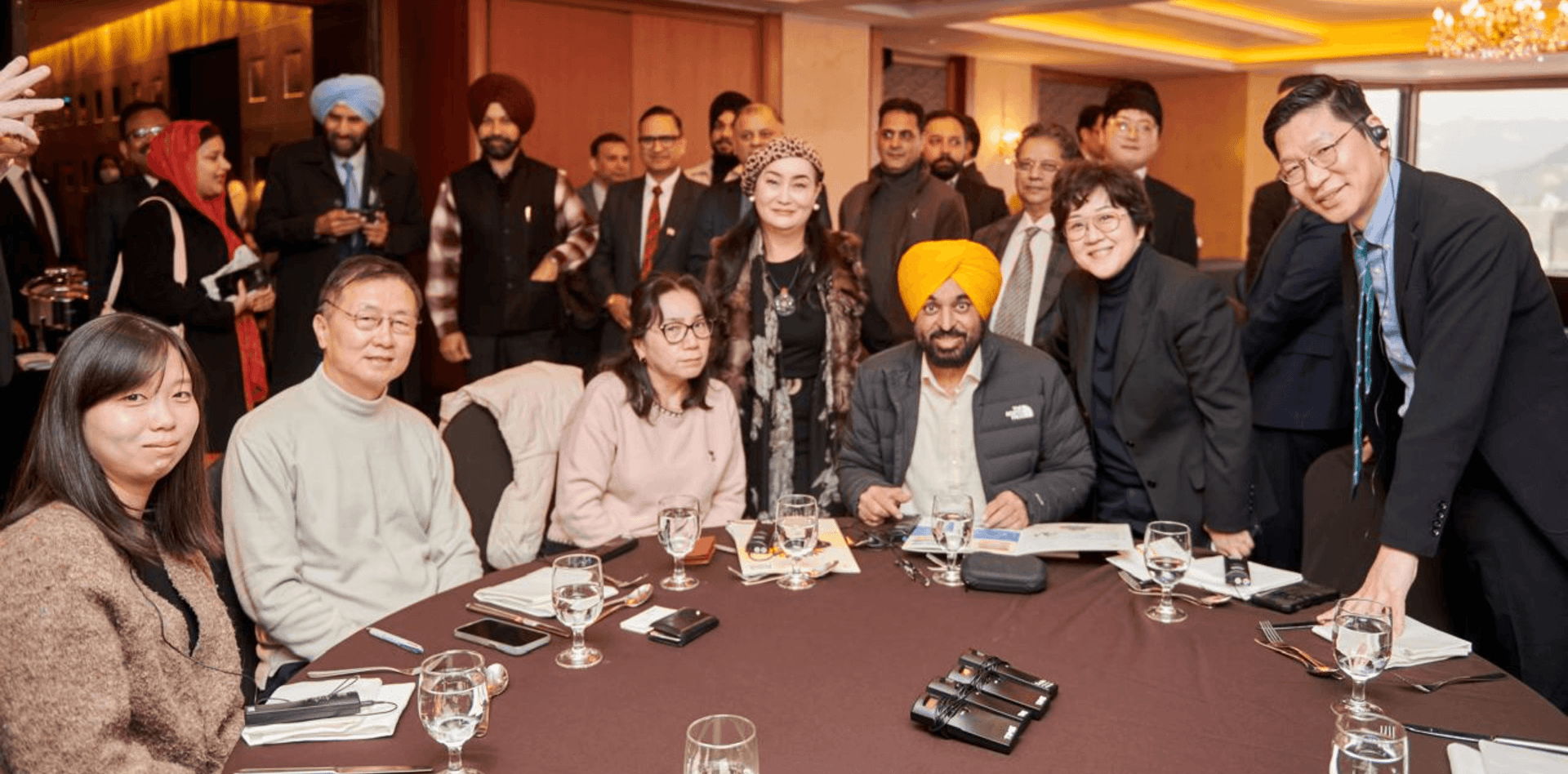Thursday 18 December 2025

Over 1.2 million of Workers Facing Job Cuts Worldwide, with effects felt acutely in the US and India.
15-12-2025

The 10-day international outreach aimed to re-establish the state as North India’s preferred investment destination.
11-12-2025
India
10-12-2025
Technology
03-12-2025
Lifestyle
01-12-2025
Lifestyle
21-11-2025
US President Donald Trump imposes travel ban on 7 more countries and Palestinian passport holders.
18-12-2025
As the year draws to a close, many of us feel the urge to escape the daily grind, recharge our energies, and make lasting memories...
16-12-2025
A massive operational disruption at IndiGo following the implementation of stricter pilot rest rules, has triggered a major row.
10-12-2025
Newsletter
Stay up to date with all the latest News that affects you in politics, finance and more.
UPSC has decided to allot the ‘Centre of Choice’ to all PwBD candidates for its examinations
17-12-2025